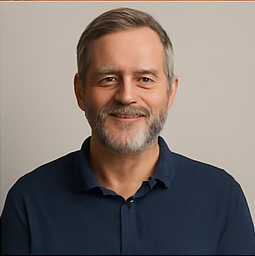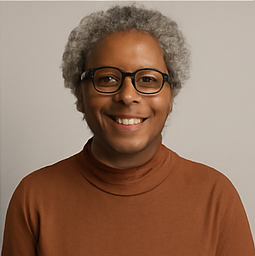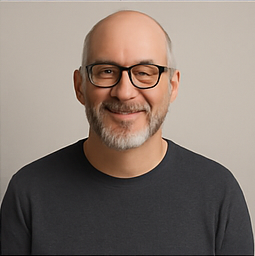Researchers Create Bille: A Four-Faced Pyramid That Always Lands on the Same Face












2025-07-07T17:00:00Z

A groundbreaking team of researchers has made headlines with their innovative construction of a unique four-faced pyramid known as Bille, which possesses the remarkable ability to always land on the same face, regardless of how it is thrown. This striking physical object is officially classified as a monostable tetrahedron, and it serves to validate a long-held mathematical theory that was first proposed over 40 years ago by the esteemed British mathematician John Conway.
Solving Geometry’s Hardest Balancing Act
The defining characteristic of this fascinating pyramid is its single stable equilibrium point, which means it can only rest in one position. When disturbed, it remarkably flips back to that same orientation. According to the findings published by the research team, Bille is now the first known object of its kind to exhibit this behavior. The structure is ingeniously designed using lightweight carbon fiber for its frame, combined with tungsten carbide for its base—a material that is twice as heavy as steel. This combination results in a stunning balance of mass and shape, creating an object that seems almost miraculous in its stability.
The concept of a monostable tetrahedron traces back to Conway's original hypothesis, where he proposed that a tetrahedron with asymmetrically distributed weight could consistently land on the same side. At the time, Conway encountered obstacles related to angular momentum, drawing parallels to how a moving car can navigate over a bump more effectively than one that is stationary. Despite his eventual abandonment of the theory, it captured the attention of mathematicians such as Robert Dawson, who, in the 1980s, came close to proving the concept using lead foil and bamboo sticks, although he was unable to eliminate the necessity of external forces to stabilize the shape.
Building Bille: The Perfect Blend of Math and Engineering
A significant breakthrough in this endeavor occurred three years ago when Hungarian mathematician Gábor Domokos and his student Gergő Almádi from the Budapest University of Technology and Economics decided to revisit the problem with Dawson's insights. Domokos, who is already recognized for his discovery of the gömböc—a monostable object with two balance points—identified the challenge of constructing a tetrahedron as the most formidable problem within geometrical studies due to its sharp corners and minimal surface angles.
Almádi assumed the lead role in designing Bille, meticulously calculating the optimal balance between light and heavy materials. The ultra-light skeleton was crafted from carbon tubes, while the base was constructed using an exceptionally dense alloy. To achieve the desired equilibrium, every component required careful measurement and precise alignment, including the shape and density of the glue used in the assembly process. At one point during development, an unintended “very small glob of glue” was discovered to be causing inconsistencies in the object’s landing behavior. Once this imperfection was rectified, Bille demonstrated flawless performance by landing on the same face every single time.
Domokos underscored that the creation of Bille was a collaborative effort that extended beyond mere mathematical modeling: “They were all part of the creation process—the geometry, engineering, and technological design needed to work harmoniously,” he remarked. A second version of Bille was later constructed, further validating its reliability, although replicating such an object remains a considerable challenge without the original data.
From Lunar Landers to Insulin Capsules
The implications of the development of Bille extend far beyond theoretical mathematics and could provide significant insights into engineering applications, particularly in the realm of spaceflight. Structures with self-righting mechanisms can dramatically influence the success or failure of missions. For example, the Athena mission by Intuitive Machines experienced a problematic landing earlier this year when the spacecraft toppled onto its side—an incident that might have been averted with a structure like Bille.
Domokos also highlighted parallels to the unexpected real-world applications of the gömböc, whose geometric design has inspired researchers at institutions such as MIT and Harvard, as well as the pharmaceutical company Novo Nordisk, to develop a self-righting insulin capsule. This innovative design allows the capsule to position itself correctly within the human stomach, effectively eliminating the need for needles during insulin administration.
Reflecting on the journey of discovery and innovation, Domokos emphasized that objects like the gömböc and Bille serve not only as significant milestones in mathematics but also as catalysts for further innovation. “Gömböc taught me that physical objects are crucial—there are many bright people out there who may not be mathematically inclined, but they can observe something and it can inspire a multitude of ideas,” he concluded.
 Mei-Ling Chen
Mei-Ling Chen
Source of the news: The Daily Galaxy